This morning I was stopped by a winged monster that said its name was the Sphinx and it was going to give me a riddle if I couldn’t answer it, I wouldn’t be able to clock in and I would be counted absent from work today.
The riddle was, “What has four children on it in the morning, four baskets of bread at noon, and four boxes at night?”
I answered it by saying the riddle was ‘cargo bike’ and managed to punch in.
Forgive me for the not-so-critical little joke I made with the Sphinx riddle, but in fact, the protagonist to be introduced today is such a multi-faceted character. At first glance, this bike seems to have a weird appearance, but on closer inspection, it seems to have some ugly and cute qualities. At first glance, “a bicycle for pulling cargo”? Why not use a car? But if you look into it a little, you’ll see - it does make sense.
So without further ado, let’s take a look at three aspects of cargo bikes: ‘usage scenarios’, ‘urban culture’, and ‘urban life'.
Usage scenarios: how do you use this bike?
Cargo bikes are made for ‘carrying’, so to speak. The cargo bike originated in the Netherlands in the early 20th century and was first used for local deliveries such as newspapers and milk and bread. In European countries such as Denmark and the Netherlands, cargo bikes are an important part of everyday life for local people. As well as ‘carrying goods’, it has also developed a use as a ‘child carrier’.
#Take the family on a trip!

One of the most important scenarios for cargo bikes is family travel. It is very family and child friendly and there are many accessories and kits designed for this purpose, which can be used for all kinds of trips with children and supplies. Before the advent of cargo bikes, families with many children who wanted to travel short and medium distances had limited options: buying a car, or getting their hands dirty with public transport.
As evidenced by the love of children (and some adults) for supermarket trolleys, humans cannot resist the appeal of this open-topped and accelerated mode of transport. The open-topped car-like ride is naturally more popular with children than sitting in the back of a boring car and drifting off to .
The ‘Long-Tail/Mid-Tail’ bicycle is an enhanced version of the ‘postman’s bike’ that we can still imagine. The ‘tail’ is longer than a normal bike, so it allows more room for all sorts of accessories, from pedals, to guard rails, handrails, and even a weather canopy, so you can add anything you want.
If you’re not sure about the silence of the child behind you, perhaps a ‘front cargo box’ would be a safer option.
Urban culture: OK, teach me how to play with this vehicle
#The cargo bike’s fancy “carry”

Having said all that, are cargo bikes limited to the home travel scene? Of course not.
As mentioned at the beginning, cargo bikes were first used for commercial purposes to sell and deliver goods, such as delivering newspapers. Now, some people are also using cargo bikes to run their own small businesses, opening a ‘flash’ bakery.
This business model of serving a small area, selling, and delivering, is not new to us. City management aside, this type of business need is usually fulfilled by means of a tricycle. Not €38,000, not €18,000, just €3,800. Although cargo bicycles are more design-oriented and have a higher capacity, they are also considerably more expensive.
Of course, in addition to individual traders, many large companies and brands are also using cargo bikes to ‘find an alternative’.
The easiest to reap the dividends of cargo bikes are of course the courier and freight companies that rely on hauling goods for their livelihoods. A number of courier companies have also started to use similar methods to deliver goods. The advantages of electric cargo bikes are significant, they carry a lot of weight, they are small, they are more flexible, and they don’t have to worry about parking spaces or tickets. Similarly, companies selling bulky goods (such as furniture) and supermarkets can use cargo bikes to deliver goods or rent bikes to broaden their business.
Cargo bikes have become more than a commodity, they have become an urban culture and lifestyle.
In addition to famous bike-friendly cities such as Copenhagen and Amsterdam, a wave of cargo bikes has emerged in some European cities such as London, Vienna, and Berlin, as well as North American cities such as New York and Vancouver.
In April this year, the 11th Argus Bike Festival, Europe’s largest cycling festival, and Austria’s biggest cycling event, kicked off at Vienna’s City Hall Square. Events included seminars, competitions, teaching workshops, exhibitions, a flea market, and the Vienna City Bike Parade.
There was even a race dedicated to cargo bikes - the Svajerløb Cargo Bike Race. In Danish, “svajer” translates as “swayers”, as in the days when delivery men rode around on bicycles carrying heavy loads.
City Life: What else is great about this kind of bike?
#A new entry point to solving urban problems
As well as being popular on a personal and family level, bikes are also seen as a new solution to urban problems such as air pollution and traffic jams in terms of city building.
According to City Changer Cargo Bike’s European Cargo Bike Industry Report released last November, the European cargo bike market grew by 38.4% in 2020 and is expected to grow by 65.9% in 2021. The flexibility, environmental friendliness, and efficiency of electric cargo bikes may make them a new form of urban freight transport in the face of the dramatic increase in demand for home deliveries during the COVID-19 epidemic and the need to address urban issues such as reducing carbon emissions and easing traffic pressure in cities.
Electric cargo bikes range in price from €1,500 to €7,000. At first glance, this sounds astronomical for the bicycle category, but electric cargo bikes are seen as an alternative to cars. Studies have shown that deliveries can be made 60% faster with electric cargo bikes than with lorries, and can reduce carbon emissions by around 90%.
#Cargo bikes can also be a ‘creative medium’
Beyond that, perhaps brands and advertising and marketing professionals could take some inspiration from what people in Europe are doing with cargo bikes and imagine their potential as a new outdoor advertising medium and creative marketing campaign vehicle.
The rapid development of society is taking a toll on the planet that cannot be ignored, and new forms of transport are urgently needed. Perhaps it is time for everyone to think about whether they really need a car.

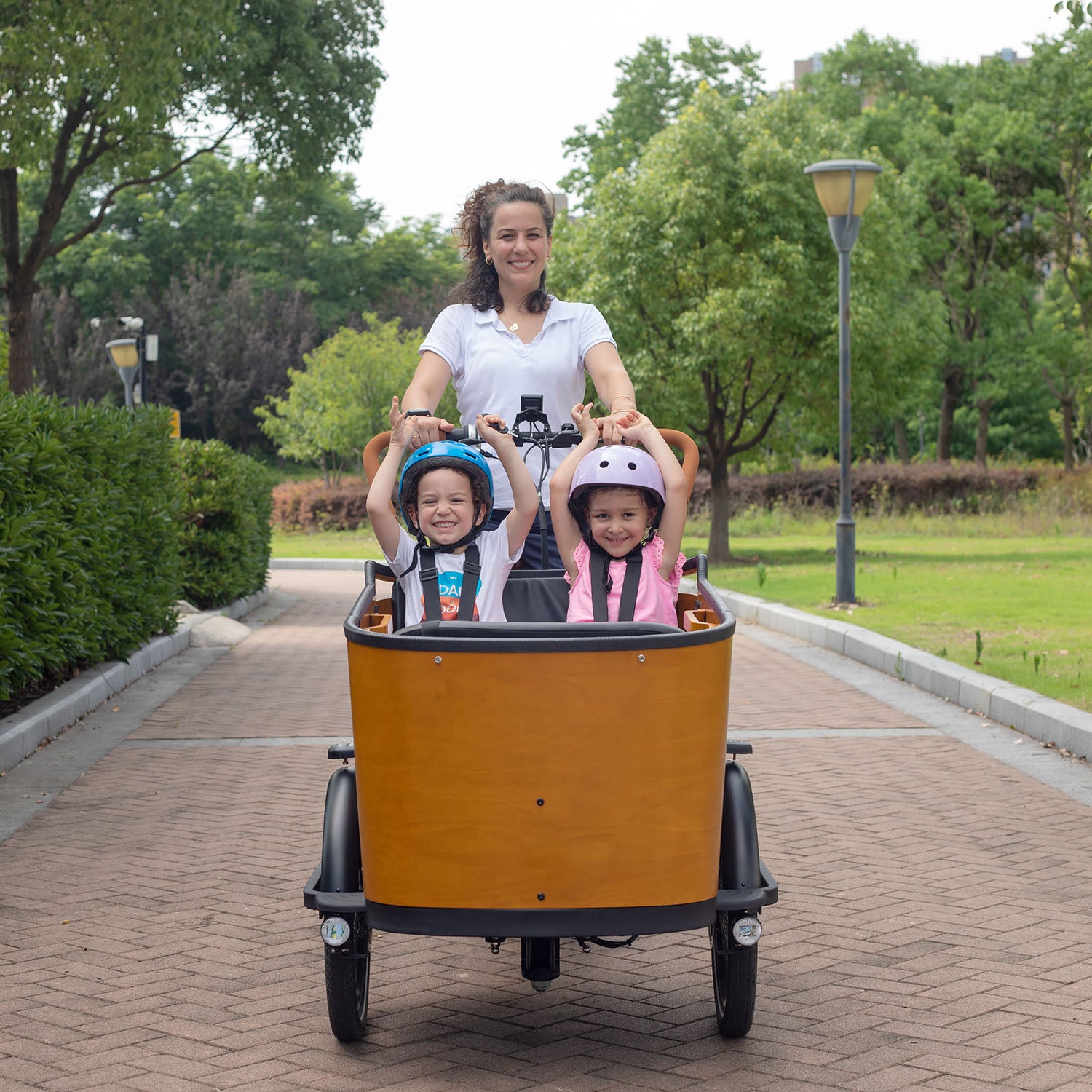
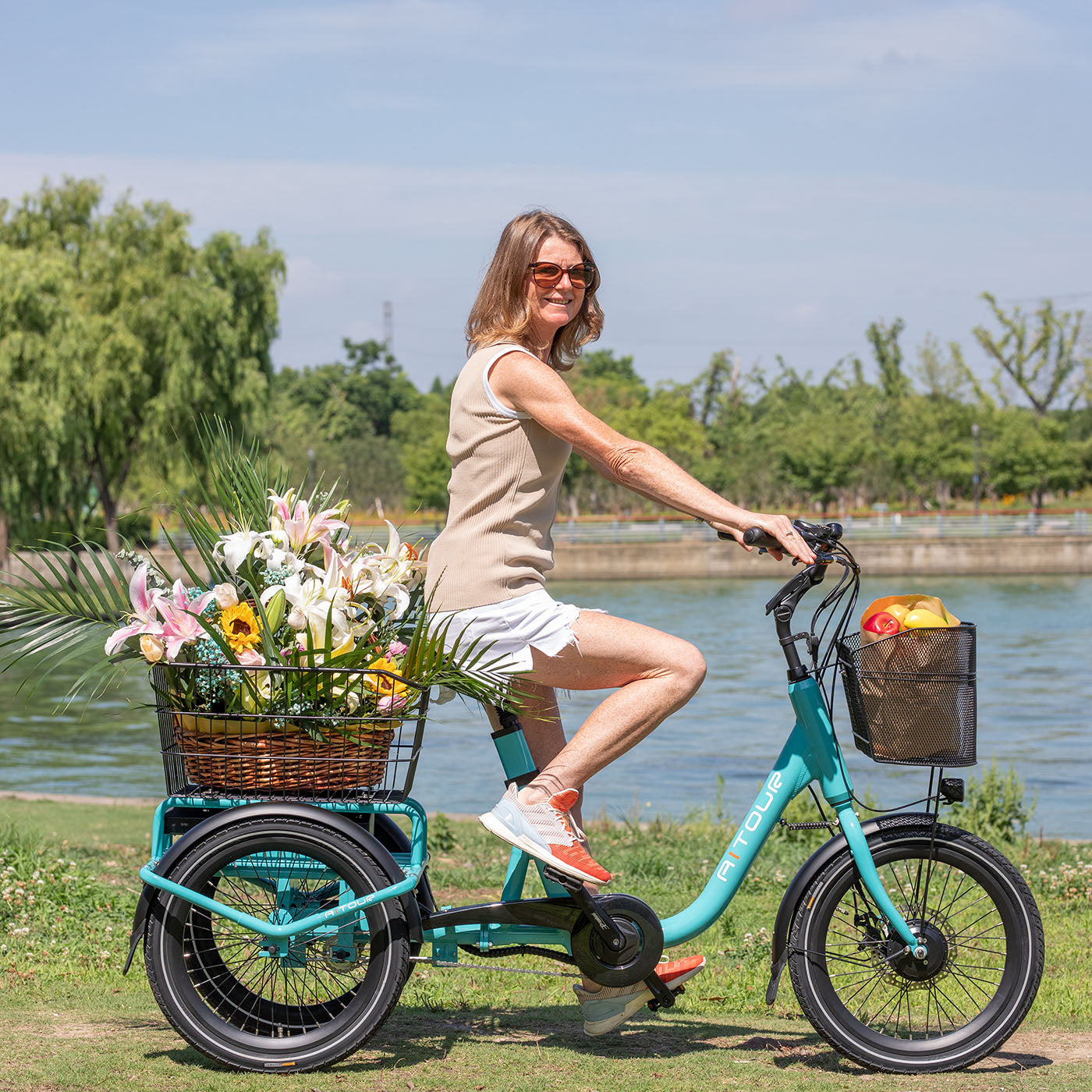
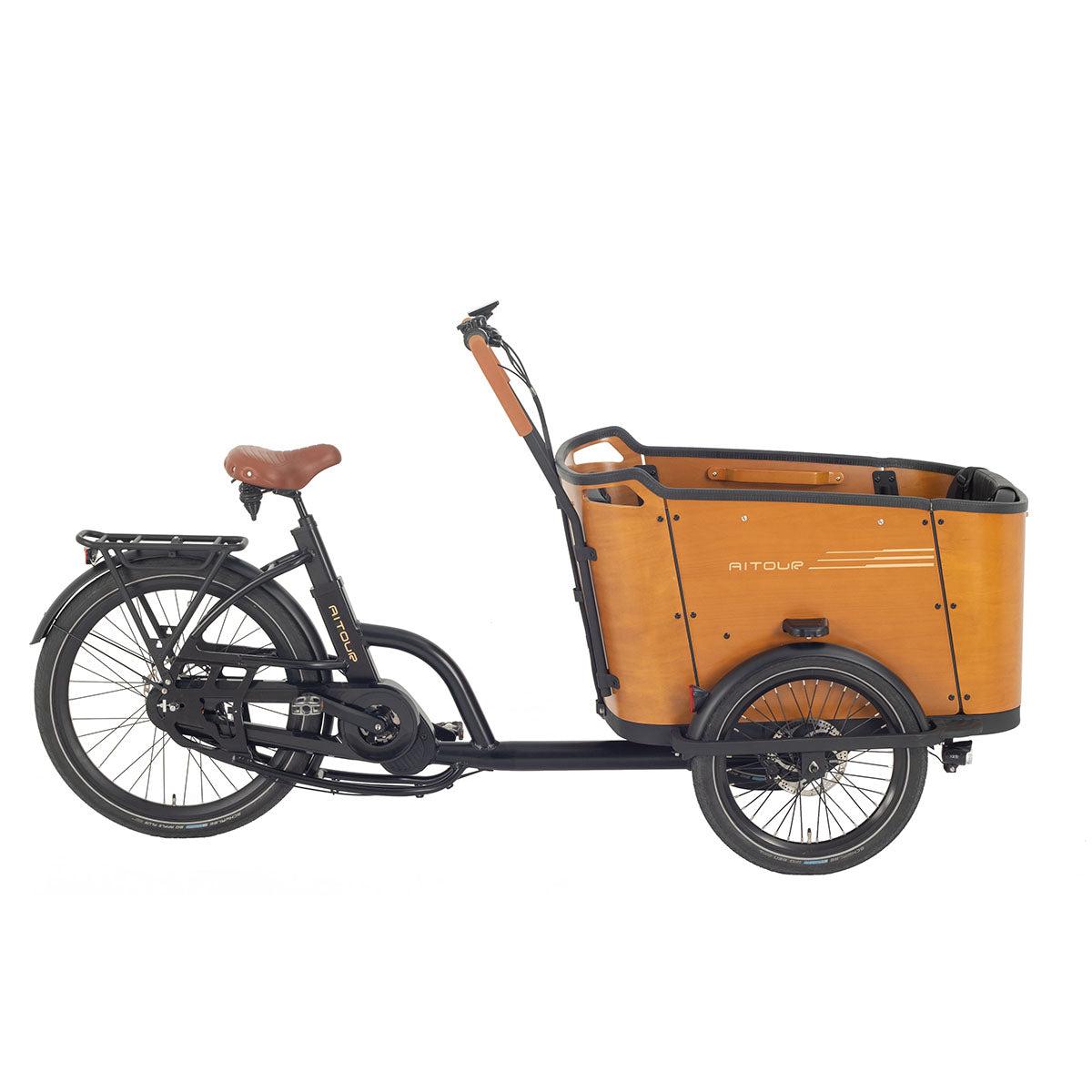
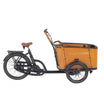
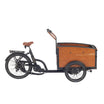
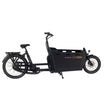
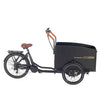
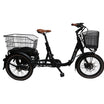
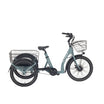


Leave a comment
All comments are moderated before being published.
This site is protected by hCaptcha and the hCaptcha Privacy Policy and Terms of Service apply.